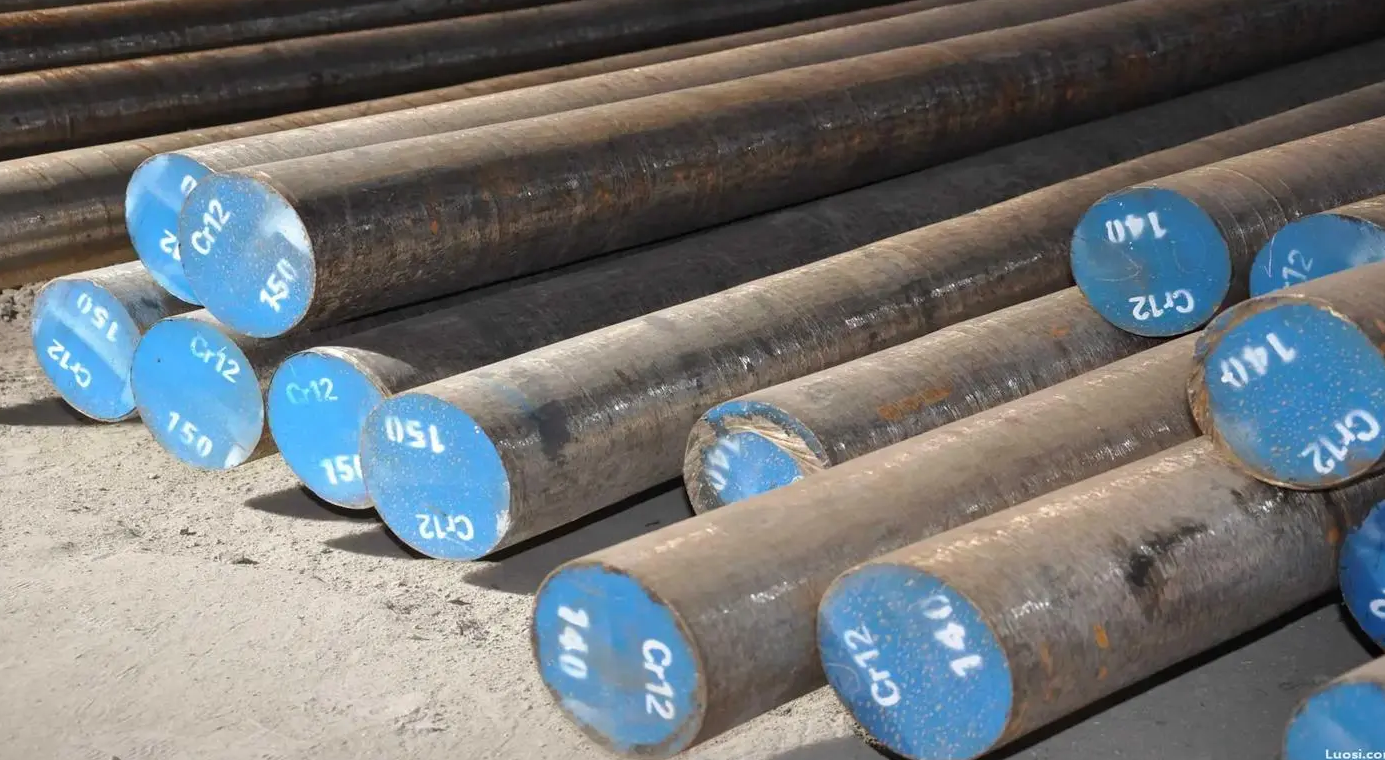H13 tool steel, a versatile and widely used material in the manufacturing industry, holds a prominent position due to its exceptional combination of properties and suitability for various applications. This article delves into the characteristics, properties, and applications of H13 tool steel, shedding light on its significance in modern engineering and manufacturing processes.
H13 tool steel, classified as a chromium hot-work tool steel, is renowned for its outstanding toughness, wear resistance, and high-temperature strength. These attributes make it well-suited for applications that involve high-temperature environments, abrasive wear, and prolonged tooling operations. With a chemical composition characterized by high chromium content (around 5%) and moderate amounts of molybdenum, vanadium, and tungsten, H13 steel exhibits excellent heat resistance, thermal conductivity, and hardenability.
One of the key features of H13 tool steel is its exceptional hot hardness and thermal fatigue resistance, making it ideal for use in hot-working applications such as die casting, extrusion, forging, and hot stamping. The ability of H13 steel to maintain its hardness and dimensional stability at elevated temperatures ensures prolonged tool life and enhanced productivity in high-temperature manufacturing processes.
Moreover, H13 tool steel offers superior machinability and polishability, facilitating the production of intricate and high-precision components with ease. Its good weldability and formability further enhance its versatility, allowing for the fabrication of complex tooling components and molds with minimal processing challenges.
In addition to its performance characteristics, H13 tool steel finds extensive applications across various industries, including automotive, aerospace, injection molding, and metalworking. In the automotive sector, H13 steel is commonly used for manufacturing die casting dies, forging dies, and extrusion tooling due to its ability to withstand the demanding conditions of high-pressure and high-temperature forming processes.
Similarly, in the aerospace industry, H13 tool steel is utilized for producing hot-working tools and dies for shaping and forming critical components such as turbine blades, engine casings, and structural components. Its superior thermal stability and resistance to thermal fatigue make it an indispensable material for aerospace manufacturing applications where precision, reliability, and performance are paramount.
Furthermore, in the realm of injection molding and metalworking, H13 tool steel is preferred for manufacturing molds, dies, and tooling inserts due to its excellent wear resistance, toughness, and dimensional stability. Its ability to maintain precise tolerances and surface finish under challenging operating conditions ensures the production of high-quality and consistent components in mass production environments.
In conclusion, H13 tool steel stands as a testament to the relentless pursuit of excellence in materials science and engineering. Its exceptional combination of properties, including high toughness, wear resistance, and thermal stability, make it an indispensable material for a wide range of industrial applications. From automotive to aerospace, H13 tool steel continues to drive innovation and enable the production of advanced components that shape the modern world of manufacturing.
Post time: Apr-17-2024





